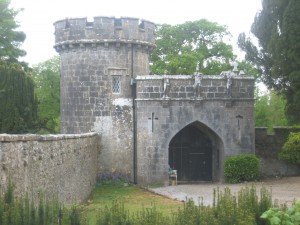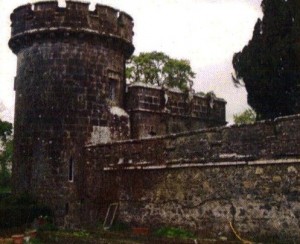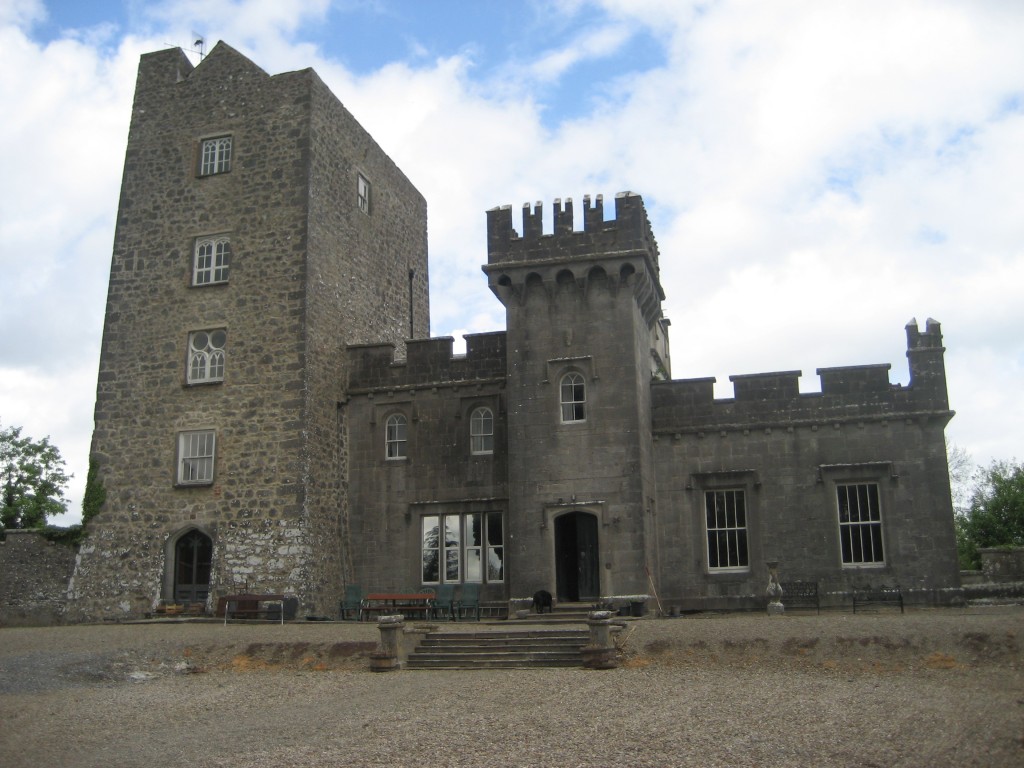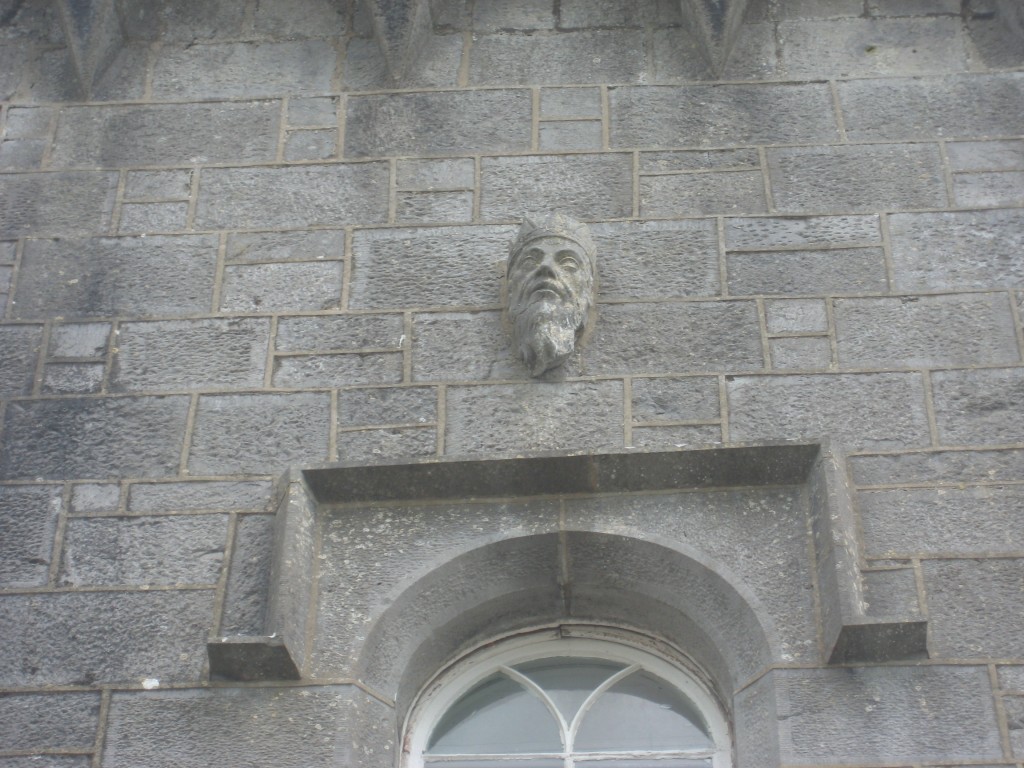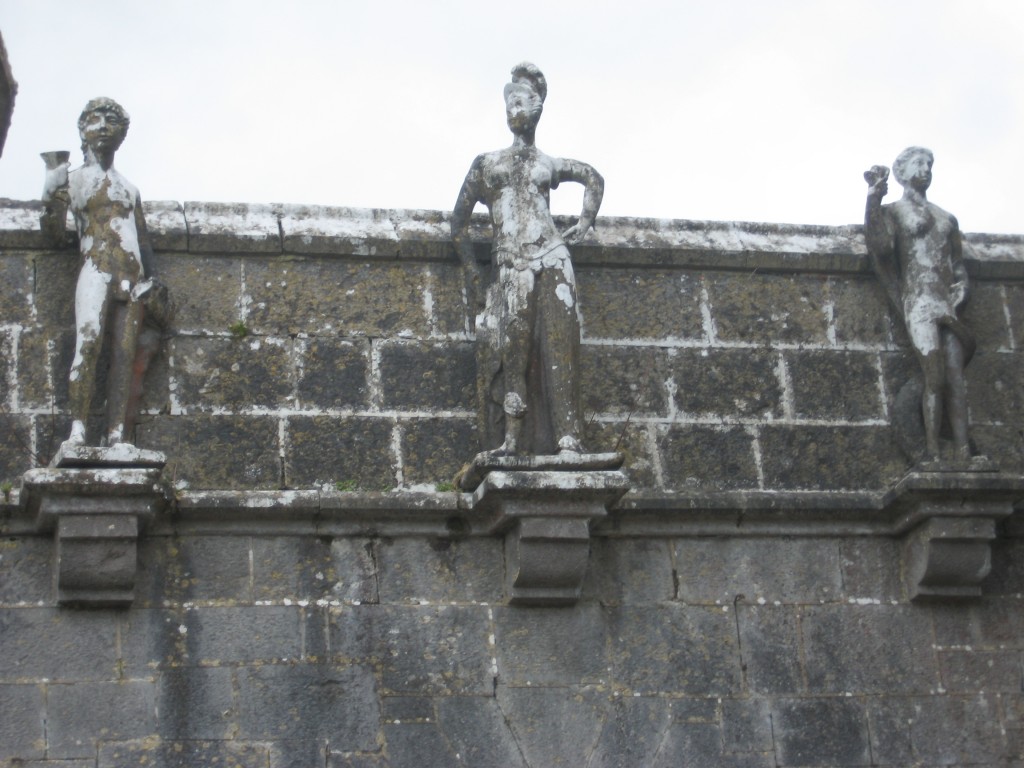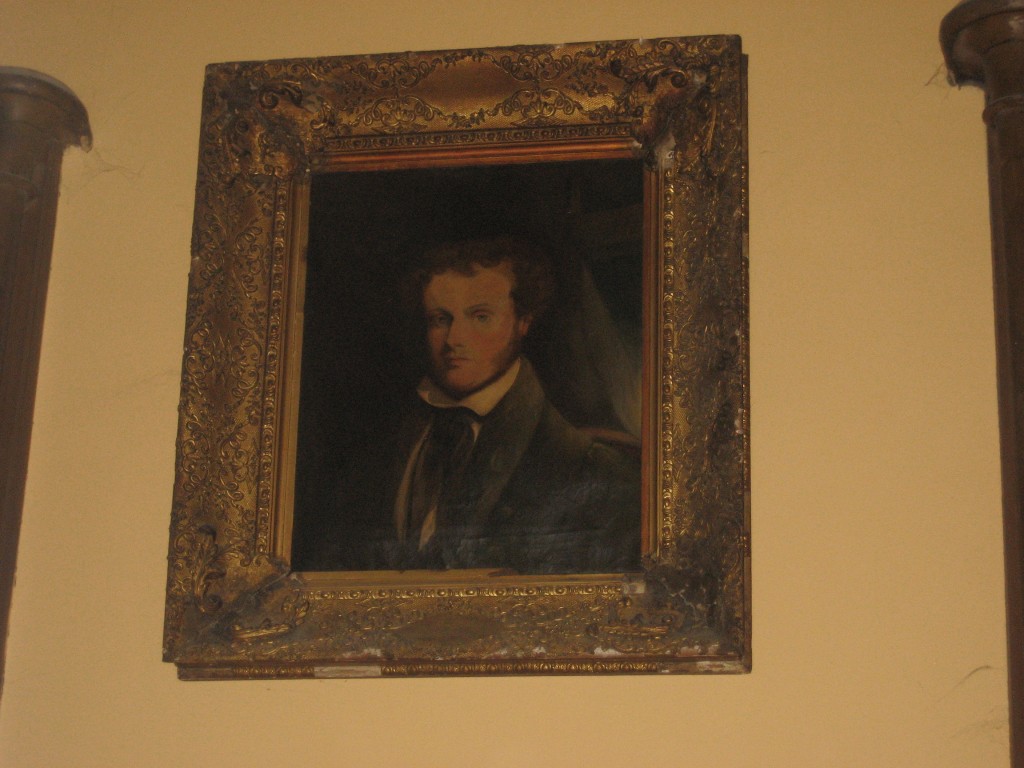Castlegarde, Cappamore, County Limerick
The oldest inhabited in Ireland built in 1198 by the O’Briens.
A Geraldine towerhouse used as a late-medieval fortress by the Earls of Desmond until the confiscation of their palatinate.
Castlegarde known under different names through the centuries (Garth, Kass, Lannengard, Castlegarre) changed hands many times.
It was owned by Deputy Murrough Keogh in the mid 16th Century, then Sir George Boucher (1588), Henry Early of Bath (1654), Henry Bally (1659), his son John and his decedents over the next century, although there is still some confusion as to the name of the owner in the late 17th century.
The honourable Waller O’Grady acquired Castlegarde in 1820 – (he was the son of an eminent lawyer Standish O’Grady, 1st Viscount Guillamore) he appointed the famous architects ‘the Pain Brothers’ to design an enlargement and restoration programme for the Castle in baronial style.
&
Pictured: castellated gatehouse post and pre restoration
The castellated gatehouse in the form of a round tower and a three-story enlargement to the castle was built with a gothic facade. The windows of the Norman tower were enlarged and modified allowing the tower rooms to be used as part of the family house.
Pictured: Castlegarde post enlargement – extension added 1820 – 1823 onto the Norman Keep originally built in 1198.
The opening of the ‘new’ enlarged Castlegarde took place in June 1823 when the honourable Waller O’Grady married the honourable Grace Elizabeth Massey. They moved into their ‘new’ house. The architects blended the new enlargement and the Norman towerhouse together so skilfully that it created an invigorating home. The panelling and the castellation over the tower door make one aware of the historical uniqueness of the castle, thanks to James and George Pain.
Pictured: Sculpture of Brian Boru at Castlegarde
A stone sculpture of Brian Boru’s head is over the main door. Brian Boru was high King of Munster and then Ireland, he was killed after his victory at the battle of Clontarf against the Danes in 1014.
Pictured: Baccus, Pallas Athenes and Aphrodites sculptures at Castlegarde
There are 3 stone effigies of the Greed gods/goddesses Baccus, Pallas Athenes and Aphrodites inside and over the gate house entrance. They are unique and of obscure origin.
Castlegarde had been inherited from father to son in the O’Grady family for over a century. Waller and Grace had 10 children His eldest son Standish died aged 20 so in 1849 Castlegarde was inherited by his second son – Hugh Hamon Massy O’Grady who married Zilah Selina Hutchinson in 1857, however he died in 1859 and Zilah married William Bredin in 1862. Bredin died in 1888 and Hugh’s son Hugh Hamon Massy O’Grady took over Castlegarde. He was the 7th Viscount Guillamore, he married Mary Frances Vere Hunt of High Park in 1899. He died in June 1930 leaving all to Lady Mary – she died three months later.
Pictured: Portrait of Hugh Hamon Massy O’Grady (1825 – 1859) which hangs in Castlegarde
Hugh Edward Thompson her nephew (Hugh’s father the Rev. Robert Thompson died before Hugh was born) inherited Castlegarde from Lady Mary (nee Hunt) in September 1930. He was only 19 at the time. He and his mother Frances Thompson (nee Hunt) lived at Castlegarde – together with the resident ghost.
Hugh built up the farm employing up to 25 staff at the time, with 50 hand milked cows, he put piped water into the castle, farm and fields. He introduced electricity in 1954, changed the lead in the roof valleys to ashfelt, to name but a few of the improvements.
Unfortunately before his death in June 1998 the ashfelt began to leak, the windows and rafters rot and the tower wall weep – water was everywhere.
This has led to the necessity for a large scale restoration programme at Castlegarde for which funds are urgently needed. You can read about the restoration programme here
